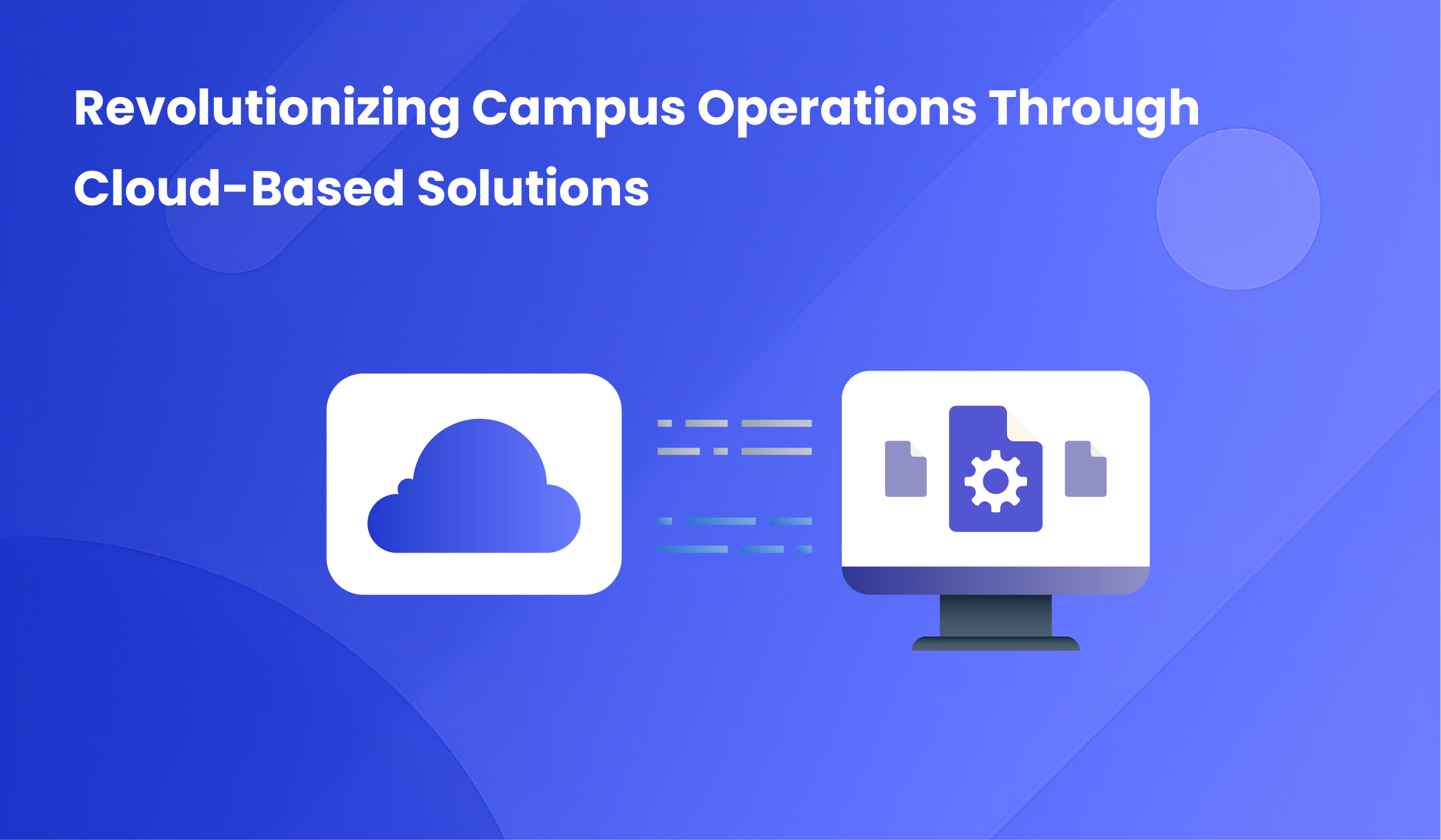10 criteria for selecting and implementing higher education management software

Successfully selecting and deploying the right higher education management software can help educational institutions to improve student success and increase their competitiveness by providing seamless access to high-quality data across multiple platforms.
However, installing software is an expensive proposition, not just in terms of significant licensing and support costs including costly upgrades and training, but also in terms of deploying valuable resources and time. This can contribute significant additional expense to the total investment cost.
Typical software projects transform institutions that can include automation in the day to day operations or eliminating manual processes in total. The selection and implementation of software can create positive changes in the culture of your institution.
10. Steps higher education management software and implementation process
- Analyze Your Academic Priorities
- Communication & Collaboration
- Customization
- Data Security
- Scalability
- Reliability
- Pricing
- Time to Market
- Integration
- Support
There are 10 distinct steps in the selection and implementation process. For a successful conclusion, each of these steps should be conducted before purchasing any education management software.
1. Analyze Your Academic Priorities
Clearly define the goals and objectives to be achieved as the result of acquiring new higher education management system software. It is mission-critical that need analysis for academic processes including admission, enrollment, attendance, assessments, discipline, fee payments, etc. should be conducted.
Define improvements in academic processes, key stakeholders involved (students, faculty, & staff), and technology (cloud, mobile, analytics and more) for your institution needs.
2. Communication & Collaboration
Evaluate the software and better understand it improves connectivity/interactivity between students, faculty, departments, staff, and administrators. Specify usage requirements such as connectivity via the website and mobile devices, even from outside the campus.
3. Customization
The education industry is rapidly evolving with new technologies, academic models, and tight budgets and your software should be easy to customize and adapt to the changing needs.
Think before you customize it. With the goal of providing high-quality education, find out whether the software is providing flexibility, reliability, and ease of use.
4. Data Security
Ensure data security to prevent attacks exploiting the vulnerabilities in the system. Prevent information leaks and misconfigurations in the system with role-based data access security.
5. Scalability
Is the application beneficial as your institution grows over a period of time? Will there be increased pricing if your institution has a group of institutions?
Does it have the operational ease in handling even thousands of requests from concurrent users? There could be licensing costs involved when adding modules and users.
6. Reliability
Are there any issues with the software or any technical glitches? Does it provide offline storage capabilities? Does the vendor have the ability to integrate modules from the product suite and are they good at what they do?
Find out whether they build the best of the breed solution which delivers all your requirements defined by you.
7. Pricing
Once you have evaluated the product competencies, risks and identified what can be configured to work the way you want it to work, you can look at pricing. Moving forward, the final price you end up paying can be tricky.
Pricing can increase easily when using basic versions but when implementing an enterprise solution, you can expect the pricing to increase if you’re implementing the full package. Highly customized systems are costly, either during deployment or when upgrading from release to release.
So be wary about companies that are providing these solutions, especially without covering all costs including licensing, ongoing charges, installation, database transfer, storage, and customization.
8. Time to Market
Look for higher education software that does not require technical skills or complicated implementations, which can often take a long time to hit the market.
Adopt a Go-To-Market strategy which enables your institution to implement the higher education software to connect with students, faculty, and staff across the website and mobile devices, and automate the academic processes from admission through graduation.
9. Integration
How does the software integrate with your current operations? Does it eliminate manual processes? Is it possible to add or drop modules? Develop a plan for integrating the software with third-party applications.
Did the implementation occur on time and within budget? Be specific regarding the stakeholders who will be using the system and how they should use it to meet your academic needs and aid quick decision-making.
10. Support
Ongoing support for the software is highly important. What is the engagement model for technical support? Is the availability of technical support guaranteed for data backup, recovery, and upgrades? What is the response time for issues to be resolved?
No matter which way you go, make sure to understand your requirements and validate the product's capabilities to meet your unique requirements.
Talk to us about options when making these big decisions that will eventually get your institution ahead. Our experts in education and technology can guide your institution towards student retention and success.



